First, wireless charging
Magnetic induction technology wireless charging
Cutting a magnetic field through a conductor generates an electromotive force, which is composed of two coils. A magnetic field is generated when alternating current is applied to the primary coil, and the secondary coil induces an alternating current due to the presence of an alternating magnetic field.
Advantages and disadvantages:
The charging efficiency is high (mobile phone charging efficiency is above 81%). The disadvantage is that the charging distance is short, and it needs to be closely charged to the launch pad, and it needs to be aligned to charge when charging.
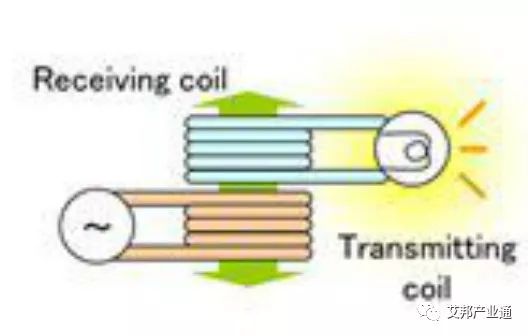
Magnetic induction technology wireless charging
2. Magnetic resonance wireless charging
With resonant devices, the transmitting and receiving ends reach the same frequency to achieve magnetic resonance and energy exchange.
Advantages and disadvantages
Relative to magnetic induction technology, the charging distance is far (mobile phone charging conversion rate can currently reach 7cm), the charging area is large, and can be charged with the charge, the disadvantage is slightly lower charging efficiency, the current maximum is about 71%.
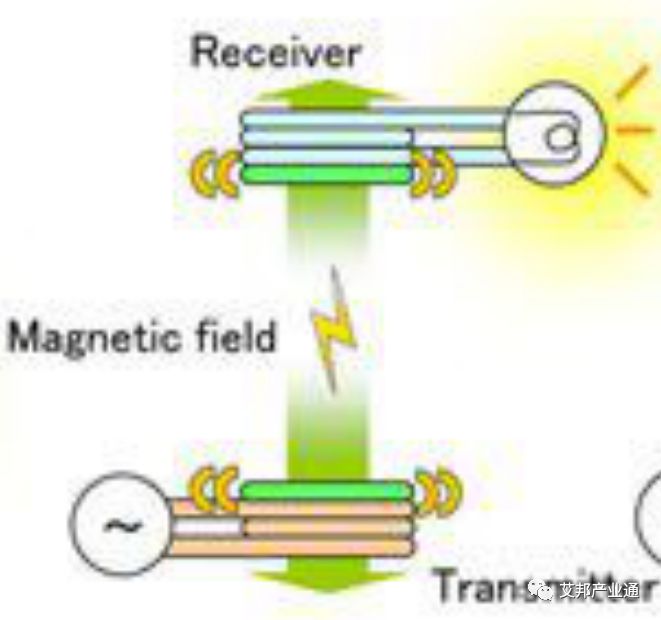
Magnetic resonance wireless charging
3. Radio frequency technology
Using the space electric field as a medium, the energy emitter and receiver are considered as two plates of capacitance. Under the action of the AC electric field, the two plates of the capacitor will have alternating currents flowing through them, enabling wireless transmission of electrical energy.
Advantages and disadvantages
The biggest advantage is that the charging distance is far, but its disadvantages are also very obvious. One is radiation, and the other is very low conversion efficiency.
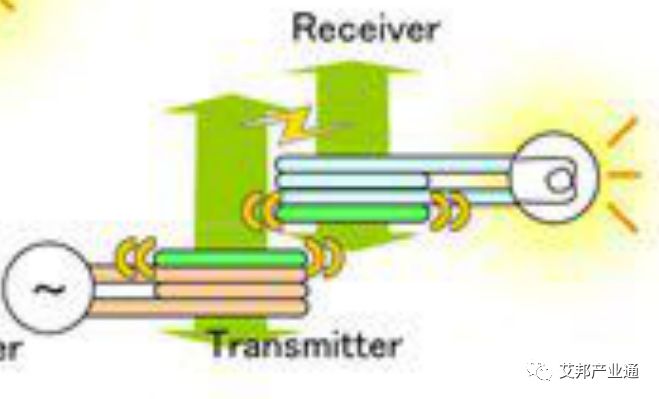
Radio frequency technology
Second, industry standards
1. Qi
Qi is the world's first wireless standard to promote wireless charging technology, the Wireless Power Consortium (WPC), which is a wireless charging standard with two features: convenience and versatility. First of all, different brands of products, as long as there is a Qi logo, Qi wireless charger can be used to charge. Secondly, it has overcome the technological bottlenecks of the “universality†of wireless charging. In the near future, mobile phones, cameras, computers and other products can be charged with Qi wireless chargers, which will provide possibilities for large-scale wireless charging applications. This is currently the most widely used, the European standard, Nokia owns a DT900 charging board.
2.PMAP
The ower Matters Alliance standard was initiated by Duracell Powermat, which is a joint venture between P&G and Powermat, a wireless charging technology company, and has relatively outstanding overall strength. Currently P&G, Powermat, AT&T, Google, Starbucks, BlackBerry and ZTE Samsung and LG also announced their participation in 2013. Powerkiss, who jointly planned wireless charging solutions in Europe and M, suddenly switched from Qi to PMA to make Qi unprepared.
3.A4WP
The A4WP is an abbreviation of the Alliance for Wireless Power standard. It was created by the wireless charging alliance jointly established by Qualcomm, South Korea’s Samsung, and Powermat, which was previously mentioned. The alliance also includes members such as Ever Win Industries, Gill Industries, Peiker Acustic and SK Telecom. The goal is to establish technical standards and industry dialogue mechanisms for wireless charging devices for electronic products, including portable electronic products and electric vehicles.
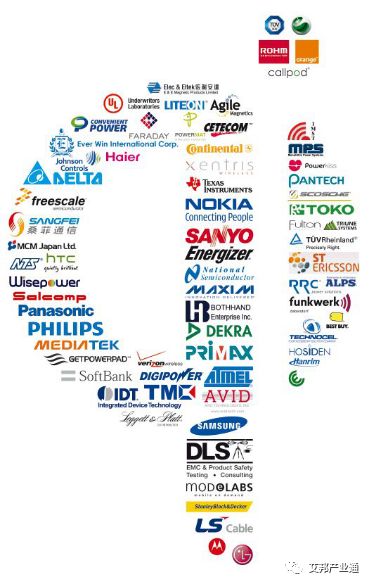
Third, technology development
Before 2017
Technical advantages:
1.5W/10W/15W different power sections;
2.Qi compatible and non-Qi compatibility;
3. High efficiency, low temperature sound;
4.FOD barter identification;
5.EMC;
6. Low cost
Application scenario:
1. Electrical appliance industry;
2. Furniture industry;
Mobile terminal
4. High-speed rail, car;
5. Infrastructure and shared bicycles;
6. Mobile phone accessories.
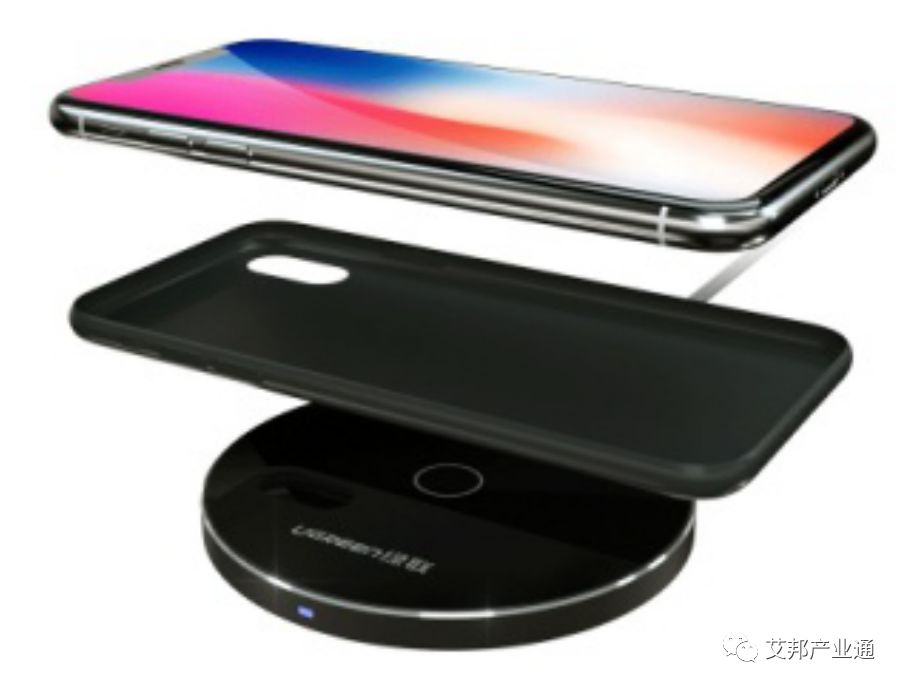
2018
Technical advantages:
1. Based on magnetic resonance scheme, 60W-2KW power section;
2. Non-Qi compatibility;
3. Free positioning and distance;
4. High efficiency, low temperature sound;
5.FOD barter identification
6. Modular design, power management;
7. Low cost
Application scenario:
1. drone
Robot
3. Power tools;
4. AGV.
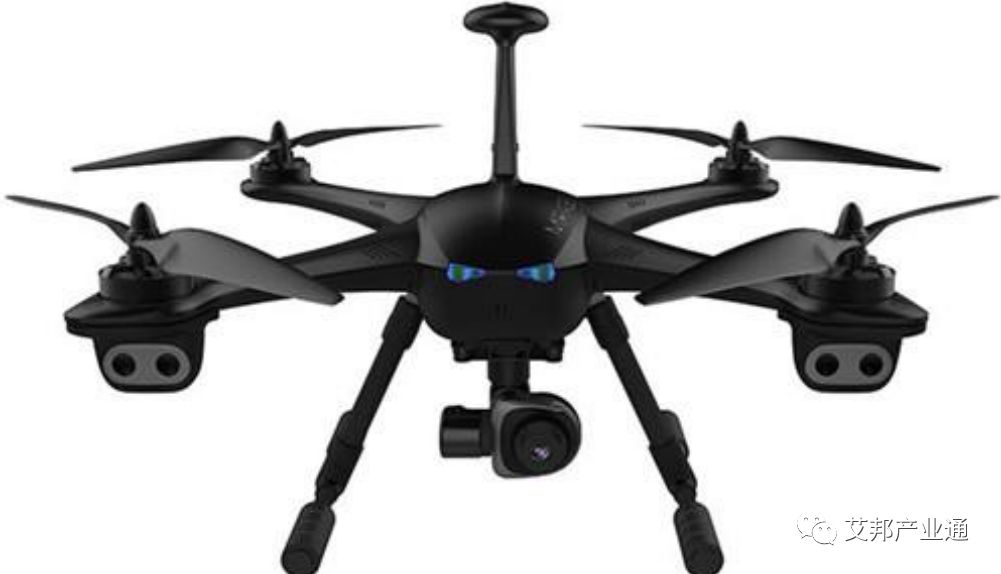
After 2019
Technical advantages:
1.3.3KW/6.7KW above power section;
2. High conversion rate, up to 92%;
3. Large area of ​​free charge, free positioning;
4. Long distance;
5.FOD barter identification;
6. Energy Management System;
7. Modular design
8. Low cost
Application scenario:
1. No new energy vehicles;
2. Wireless car charging post
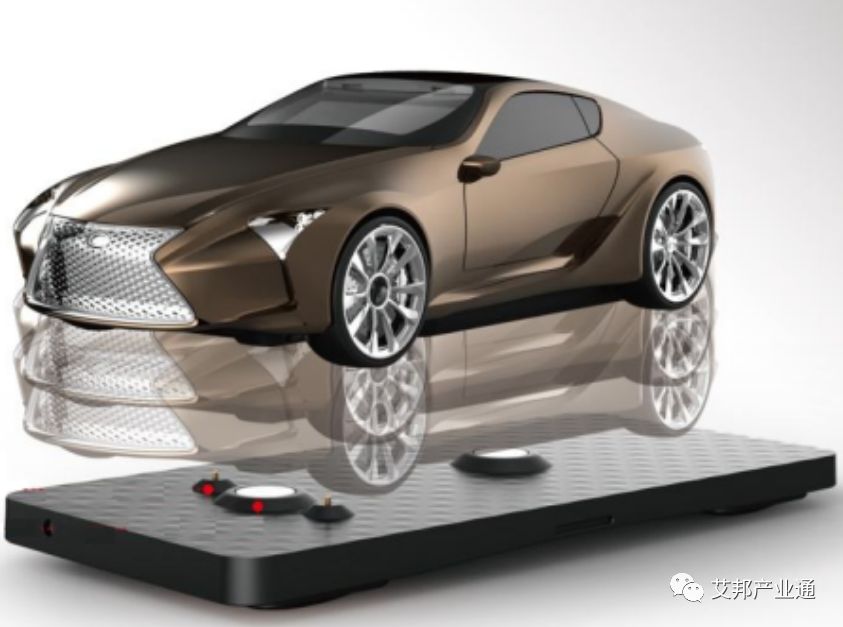
Stage Display,Rgb Laser Animated Light Show,Lighting Wall Lamp For Outdoor Building,Residential Holiday Lights
Kindwin Technology (H.K.) Limited , https://www.ktlleds.com